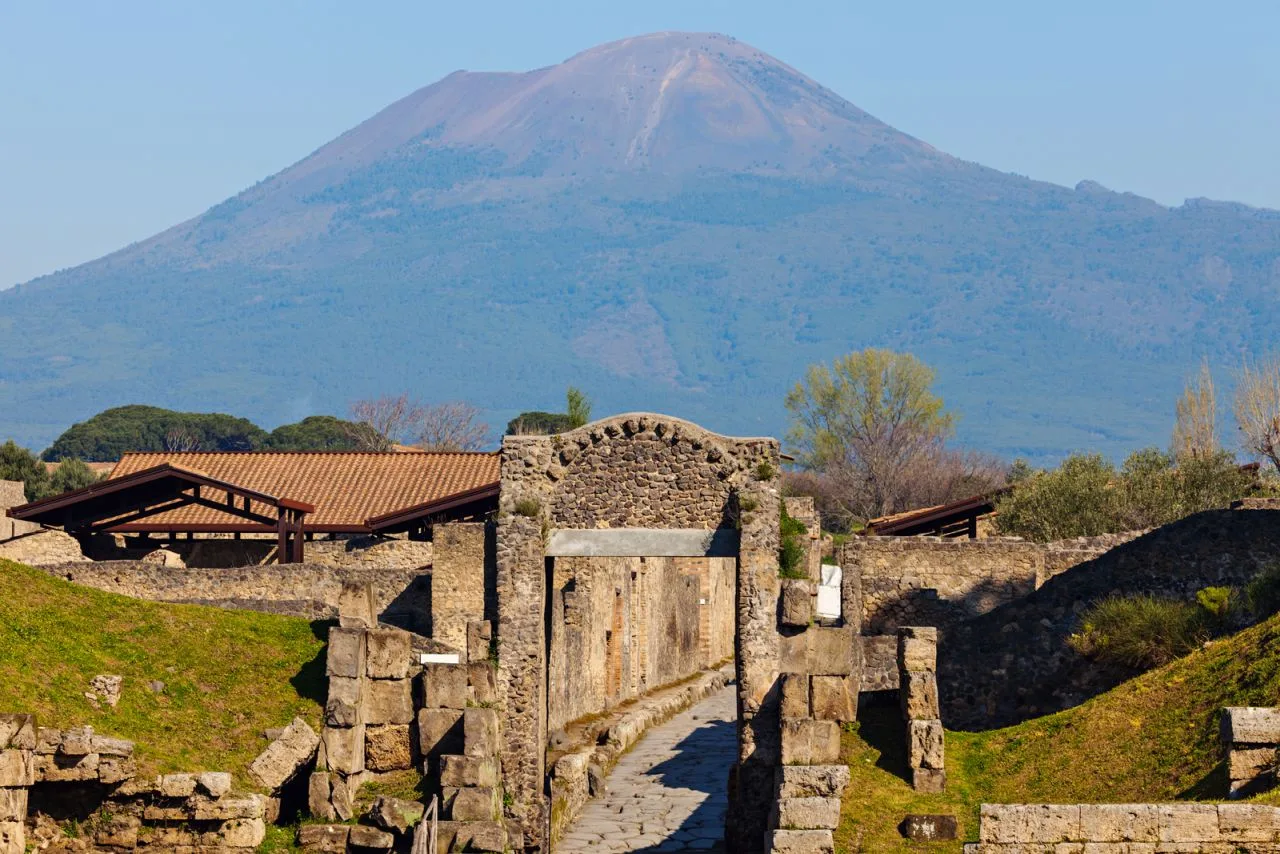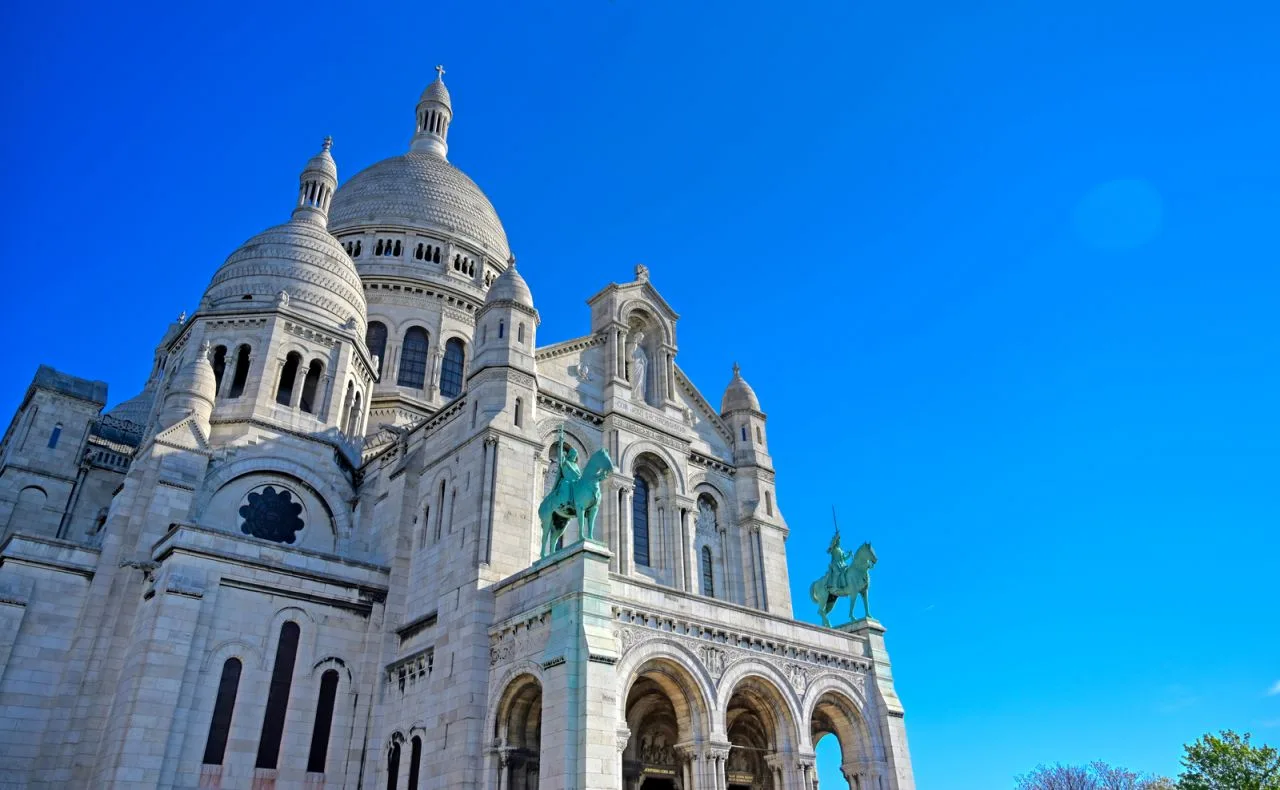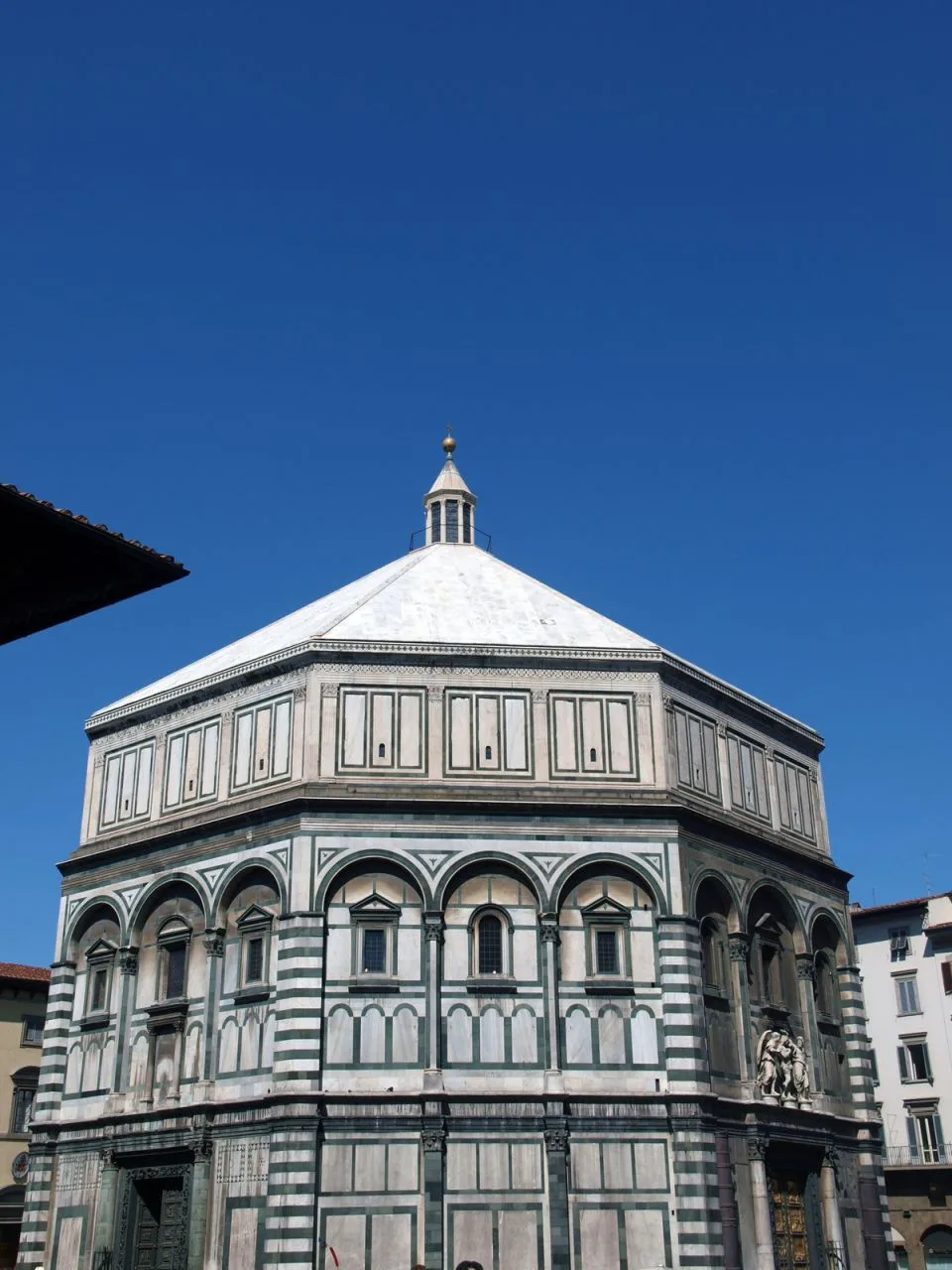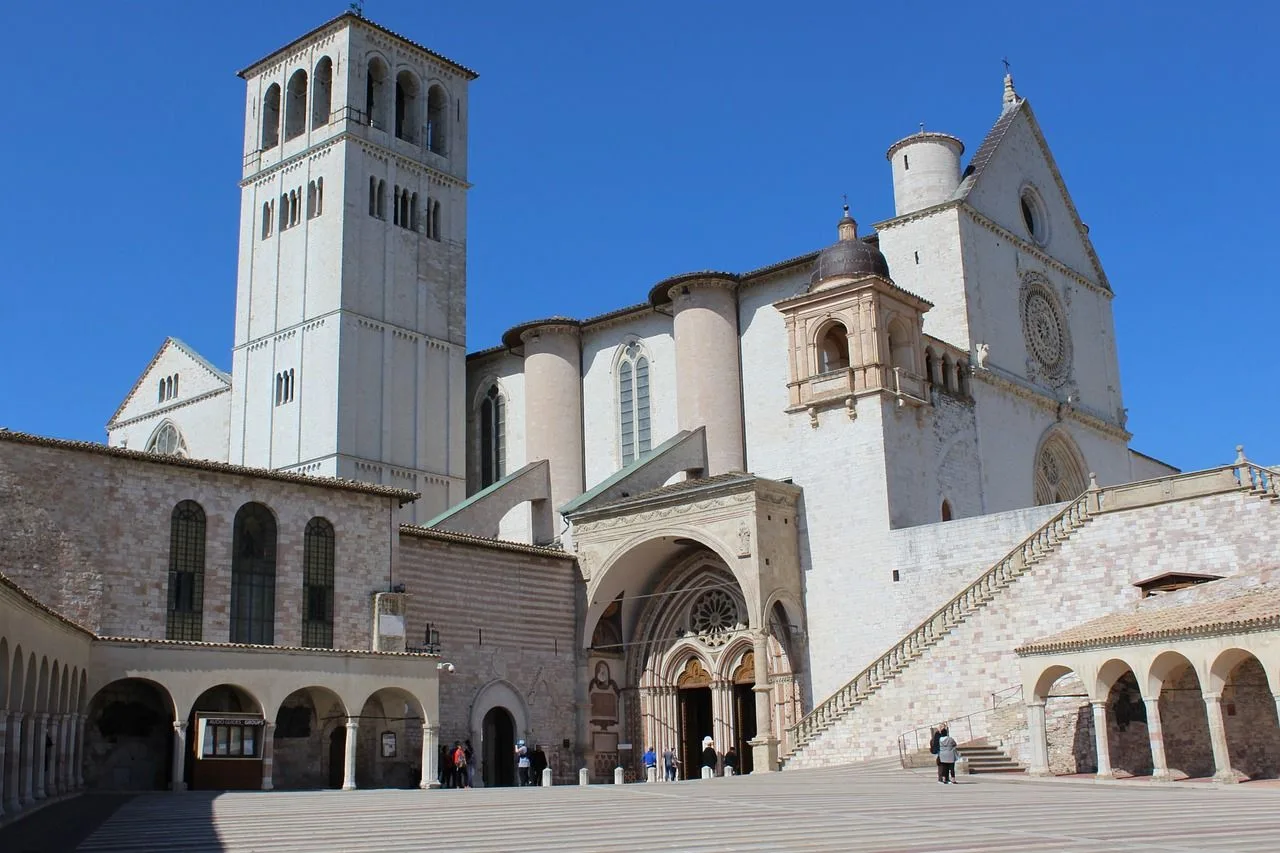Mt Vesuvius, Naples
Address
Mt Vesuvius
GPS
40.8213963, 14.4261967
Mt Vesuvius is a stratovolcano situated in Campania, Italy, on the Gulf of Naples, about 9 km east of Naples and a short distance from the sea.
While Vesuvius is Europe’s only erupting volcano, its eruptions have been responsible for some of the largest on the continent. The crater of the ancient Somma volcano overlooks Naples and the Bay of Naples and is located on Italy’s west coast.
 The 79 AD eruption of Vesuvius is best known for destroying Pompeii and Herculaneum, two important Roman cities. It is still a great danger to the surrounding cities, especially the busy metropolis of Naples, even though the volcano’s last eruption was in 1944.
The 79 AD eruption of Vesuvius is best known for destroying Pompeii and Herculaneum, two important Roman cities. It is still a great danger to the surrounding cities, especially the busy metropolis of Naples, even though the volcano’s last eruption was in 1944.
Located in the Campanian volcanic arc, which was formed by the convergence of the African and Eurasian plates, Vesuvius is one of the most active volcanoes in the world. Volcanoes like Mount Etna, the Phlegraean Fields (Campi Flegrei), the Vulcano, and Stromboli originate from this subduction zone, which runs the length of the Italian peninsula.
A “slab window” has formed beneath Vesuvius after the lower portion of the slab subducting was torn and detached from the upper portion. Because of this, the rocks ejected from Vesuvius differ chemically from those of the other Campanian volcanoes.
Fascinating Facts and Figures About Mount Vesuvius
Mount Vesuvius is one of the most famous volcanoes in the world, known for its catastrophic eruption in AD 79 that led to the destruction of the Roman cities of Pompeii and Herculaneum. Located near the city of Naples in Italy, Vesuvius remains an active and closely monitored volcano. Here are some intriguing facts and figures about Mount Vesuvius:
1. Location and Physical Characteristics
- Location: Mount Vesuvius is situated on the west coast of Italy, near the Bay of Naples. It lies about 9 kilometers (5.6 miles) east of Naples and is one of the few active volcanoes on the mainland of Europe.
- Height: The current height of Mount Vesuvius is approximately 1,281 meters (4,203 feet). Its height changes after each eruption due to the collapse and buildup of volcanic material.
- Structure: Vesuvius is a stratovolcano, characterized by a large cone and a central crater. The volcano consists of layers of hardened lava, pumice, and ash, which have been built up over centuries of eruptions.
- Complex Formation: The present-day Vesuvius is a result of the collapse of an older volcano, Monte Somma, forming a caldera. The newer cone, known as Gran Cono, has formed inside this caldera.
2. Historical Eruptions
- AD 79 Eruption: The most famous eruption of Vesuvius occurred in AD 79, when it buried the cities of Pompeii, Herculaneum, Stabiae, and Oplontis under a thick layer of volcanic ash and pumice. This catastrophic event killed an estimated 16,000 people and preserved the cities under ash, providing a snapshot of Roman life.
- First Eyewitness Accounts: The AD 79 eruption was documented by Pliny the Younger, a Roman writer who provided the first known eyewitness account of a volcanic eruption. His detailed descriptions have led to such eruptions being termed “Plinian eruptions.”
- Frequency of Eruptions: Since AD 79, Mount Vesuvius has erupted more than 50 times. Significant eruptions occurred in 1631, 1906, and 1944. The 1944 eruption was the last major eruption, causing significant damage to nearby villages and military installations during World War II.
- Active Status: Mount Vesuvius is still considered an active volcano. The area around the volcano experiences small earthquakes and ground deformation, indicating ongoing volcanic activity.
3. Geological Significance
- Tectonic Setting: Mount Vesuvius is part of the Campanian volcanic arc, a series of volcanoes formed due to the subduction of the African Plate beneath the Eurasian Plate. This tectonic activity is responsible for the formation of Vesuvius and other nearby volcanic features.
- Lava Composition: The lava of Vesuvius is primarily of the andesitic type, which is relatively high in silica content. This makes the magma more viscous, leading to explosive eruptions.
- Plinian Eruption Characteristics: Plinian eruptions, named after Pliny the Younger, are marked by their explosive nature, high columns of ash, and widespread dispersal of pumice and volcanic ash. These types of eruptions are capable of producing pyroclastic flows and surges, which are fast-moving currents of hot gas and volcanic matter.
4. Cultural and Historical Impact
- Pompeii and Herculaneum: The AD 79 eruption left Pompeii and Herculaneum buried under several meters of volcanic ash. These ancient cities were lost for nearly 1,700 years before being rediscovered in the 18th century. The excavation of these sites has provided invaluable insights into Roman daily life, architecture, and culture.
- Tourist Attraction: Today, Mount Vesuvius and the ruins of Pompeii and Herculaneum are major tourist attractions. Millions of visitors climb the slopes of Vesuvius and explore the well-preserved streets, houses, and artifacts of these ancient cities.
- Influence on Literature and Art: The destruction of Pompeii has inspired numerous works of literature, art, and films. Edward Bulwer-Lytton’s novel “The Last Days of Pompeii” (1834) is one of the most famous literary works depicting the tragedy of the eruption.
5. Modern Monitoring and Safety
- Vesuvius Observatory: Established in 1841, the Vesuvius Observatory is the world’s oldest volcanology observatory. It monitors seismic activity, gas emissions, ground deformation, and other indicators of volcanic activity.
- Emergency Plans: Due to the proximity of Vesuvius to densely populated areas, including the city of Naples, Italian authorities have developed detailed emergency evacuation plans. These plans aim to ensure the safety of the approximately 700,000 people living in the “red zone” around the volcano.
- Risk Assessment: Vesuvius is considered one of the most dangerous volcanoes in the world due to its explosive potential and the large population living nearby. Scientists continuously study the volcano to better understand its behavior and predict future eruptions.
6. Interesting Facts
- Name Origin: The name “Vesuvius” is believed to derive from the Oscan word “fesf,” meaning “smoke,” or from the Greek “ous” combined with “Hyes,” meaning “Son of Ves,” referring to Hercules.
- Volcanic Fertility: The volcanic soil around Vesuvius is incredibly fertile, supporting lush vineyards and orchards. The region is famous for its Lacryma Christi wine, produced from grapes grown on the volcano’s slopes.
- World Heritage Site: The archaeological sites of Pompeii, Herculaneum, and Torre Annunziata (which includes the ancient villa of Oplontis) were designated a UNESCO World Heritage Site in 1997, recognizing their outstanding cultural and historical value.
7. Scientific Research and Discoveries
- Pompeii Worm: The excavation of the Pompeii ruins led to the discovery of unique findings, including the “Pompeii worm,” a deep-sea organism named in honor of the ancient city.
- Human Remains Studies: The remains of victims found in Pompeii have provided scientists with insights into Roman health, diet, and the effects of volcanic gases and heat on the human body. Some victims were found to have died from thermal shock, while others suffocated from volcanic gases.
- Preservation Techniques: The ash and pumice from the eruption acted as a natural preservative, creating molds around organic material such as human bodies and wooden objects. These molds were later filled with plaster during excavations to create lifelike casts of the victims and objects, offering a poignant glimpse into the final moments of those who perished.
Conclusion
Mount Vesuvius is more than just a natural landmark; it is a symbol of nature’s power and humanity’s vulnerability. Its long history of eruptions, devastating impacts on ancient civilizations, and ongoing activity continue to fascinate scientists, historians, and tourists alike. Understanding the facts and figures about Mount Vesuvius helps us appreciate the significance of this iconic volcano and the need for continuous monitoring and preparedness to protect those living in its shadow. As a living testament to both the destructive and life-giving forces of nature, Mount Vesuvius remains one of the world’s most studied and visited volcanoes.





